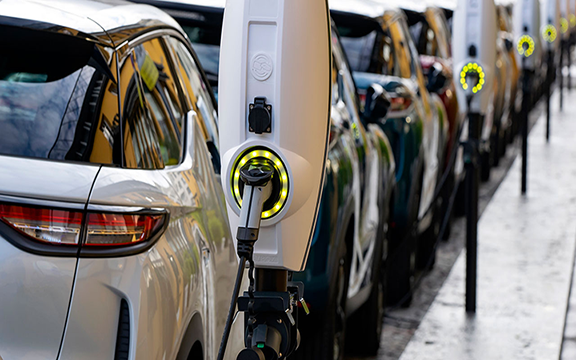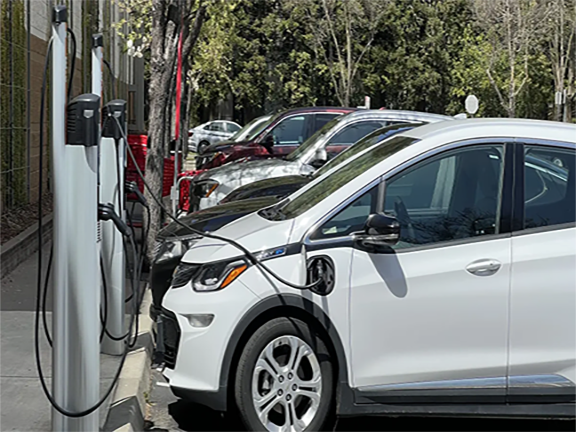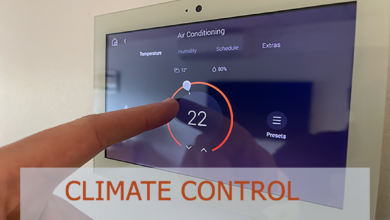Electric Vehicles – Africa New Renewable Energy

Electric Vehicles
Electric vehicles are not a fad, but a tidal wave of change in how we think about transportation. In the environmentally conscious world, the adoption of EVs has gained considerable pace due to advanced technology and increased sensitivity to the damage conventional vehicles cause to the planet. By going all the way from reducing carbon emissions to offering an overall better driving experience, EVs thus are the next step in automotive innovation.
History of Electric Vehicles
Evolution through the 20th Century
During the mid-1900s, electric vehicle development went down as internal combustion-powered vehicles held onto the automobile markets. However, during the 1970s, energy crises placed EVs again under the spotlight with various experimental and small-scale production models.
Types of Electric Vehicles
Fuel Cell Electric Vehicles (FCEVs)
In FCEVs, hydrogen is used to generate electrical output through a fuel cell; hence, they stand as an alternative to battery EVs. It has only water as a resultant by-product; hence, these are friendly to the environment.
Plug-in hybrid electric vehicle (PHEV)
PHEVs combine an electric motor with a conventional gasoline engine. For short trips, it can run on electric power only. While traveling long distances, you can switch to gasoline. It’s a really flexible way to drive.
Electric vehicle batteries (BEV)
BEVs are all electric. It relies entirely on battery power. with zero exhaust emissions from the tailpipe Ideal for those who can charge at home or at work.
Hybrid electric vehicle (HEV)
HEVs use an electric motor and a gasoline engine. But cannot plug in Car batteries are charged through regenerative braking and the engine.
The Renaissance of EVs in the 21st Century
The early 2000s were the renaissance of electric cars, and Tesla was at the forefront. Improvements in battery storage and a heightened concern for sustainability have made EVs even more practical and highly wished for by today’s consumers.
How Electric Vehicles Work
Electric Motor vs. Internal Combustion Engine
Electric motors are a lot simpler and efficient than internal combustion engines. They can produce all their torque from almost a standstill and provide smooth acceleration, making the drive feel very different from traditional vehicles and an electric train.
Basic Components of EVs
An electric vehicle works differently in its mechanism and a conventionally engined vehicle. Unlike those gasoline-driven vehicles, EVs use an electric motor powered by a large pack of batteries. This does not change the mechanics of driving but, in other ways, the general maintenance and efficiency of the vehicle.
Battery Technology
That central part is the battery of an EV. This energy storage is based on the lithium-ion battery, which is the most common and offers a good balance between energy density, lifetime, and cost. Long range and charging times will certainly further improve with the development of more advanced battery technology.

energy efficiency
Electric cars are generally more energy efficient than conventional cars. It converts a higher percentage of battery energy into propulsion power. This reduces overall energy consumption.
Challenges Facing Electric Vehicles
Battery life and charging infrastructure
Despite the development But it still faces several issues with battery life and charging infrastructure. Long charging times and the requirement for widespread charging stations can seriously impede practicality, especially for some users or workers, using EVs.
Range Anxiety and Technological Limitations
Range anxiety-a fear of running out of battery power-is oftentimes a concern for potential EV buyers, though improving technology continues to mitigate this, it is still one factor for many.
Initial Cost and Affordability
The higher upfront costs of EVs may be a deterrent for many consumers, however, as technology advances and production volumes increase. Prices are also expected to fall.
Resource and environmental concerns
Battery production uses a lot of resources and has its own environmental impacts.
Ongoing research aims to mitigate these effects and improve the sustainability of EV production.
Future Trends in Electric Vehicles
Advances in Battery Technology
Future developments in this area promise to improve the range, cutting charging time and costs. Other innovations coming are solid-state batteries.
electric vehicles on the market
Popular models and manufacturers
Many manufacturers now offer popular EV models: for example, Tesla has the Model 3, Nissan has the Leaf, and Chevrolet has the Bolt. Each of these models has different features and benefits catering to the various needs and desires of consumers…
Compare leading EV models
Comparing the top EV models helps consumers make an informed decision. Factors such as range, performance, and price play a key role in choosing the right vehicle.
Market growth statistics
The market for EVs is expanding rapidly. It has a higher adoption rate and more models to choose from. The increasing popularity and capabilities of electric cars and vehicles are supported by market data.
electric car charging
Type of charging station
There are several types of charging stations, including Level 1, Level 2, and DC fast chargers, each offering different charging speeds and capacity.
Charging time and performance
Charging times vary depending on the type of charger and the capacity of the vehicle’s battery.
Performance improvements reduce charging times and improve user experience.
Home v. Public charge
Charging at home is convenient and cost-effective. while public charging stations offer flexibility for longer trips. Two choices are important to widespread electric vehicle ownership.

Quiz
Are there any government incentives for purchasing EVs?
Yes, many governments are offering tax credits, rebates, and reduced registration fees to encourage further EV purchases.
What is the difference between BEV and PHEV?
Battery electric vehicles (BEVs) run on electricity alone. And plug-in hybrid electric vehicles (PHEV) combine electric power with a normal gasoline engine…
Governance and policy support
Incentives for EV buyers
In addition to reducing registration fees Several incentives are also offered, such as tax credits and rebates. This helps promote the purchase of electric cars. This will greatly offset the initial cost of the electric car.
Global efforts to promote EV adoption
Countries around the world are working to promote EV adoption through various policies and initiatives. These global efforts aim to accelerate the transition to cleaner transportation.
Regulations and Standard
It ensures safety and performance for electric vehicles. These regulations introduce innovation and set a certain benchmark for all manufacturers.
Case Studies
Success Stories of EV Adoption
Case studies of successful EV adoption provide insights into the benefits and challenges of transitioning to electric vehicles. These stories highlight real-world applications and outcomes.
Innovative EV Technologies
Wireless charging and state-of-the-art battery management are some of the innovative technologies that form the future of electric vehicles. These newer changes have opened an entire new world where more and more production can be increased by the industry.
Conclusion
Electric vehicles represent a new generation in transportation. Being friendly to the environment, cost-efficient, and technologically advanced-EVs are very promising for the future. While technology will continue to evolve and more people will start adopting EVs, they have the potential to reshape the automotive industry beyond anything the world could have ever imagined.
FAQs
How does the range of electric vehicles compare to traditional cars?
Where as in conventional cars, due to refueling with gasoline, the range usually is much longer, in modern EVs, the range is constantly improving; in most models, it ranges over 200 miles per charge.
How long does it take to charge an electric vehicle?
Charging times can be more or less depending on the type of charger and battery capacity. Level 1 chargers charge upwards of over 24 hours, Level 2 usually takes 4-8 hours, while DC fast chargers give a considerable amount of charge in less than an hour.
What are the main challenges facing the electric vehicle industry?
Some of the big challenges are batteries, recharging infrastructure, initial costs, range anxiety, and also environmental costs from the production of batteries.




